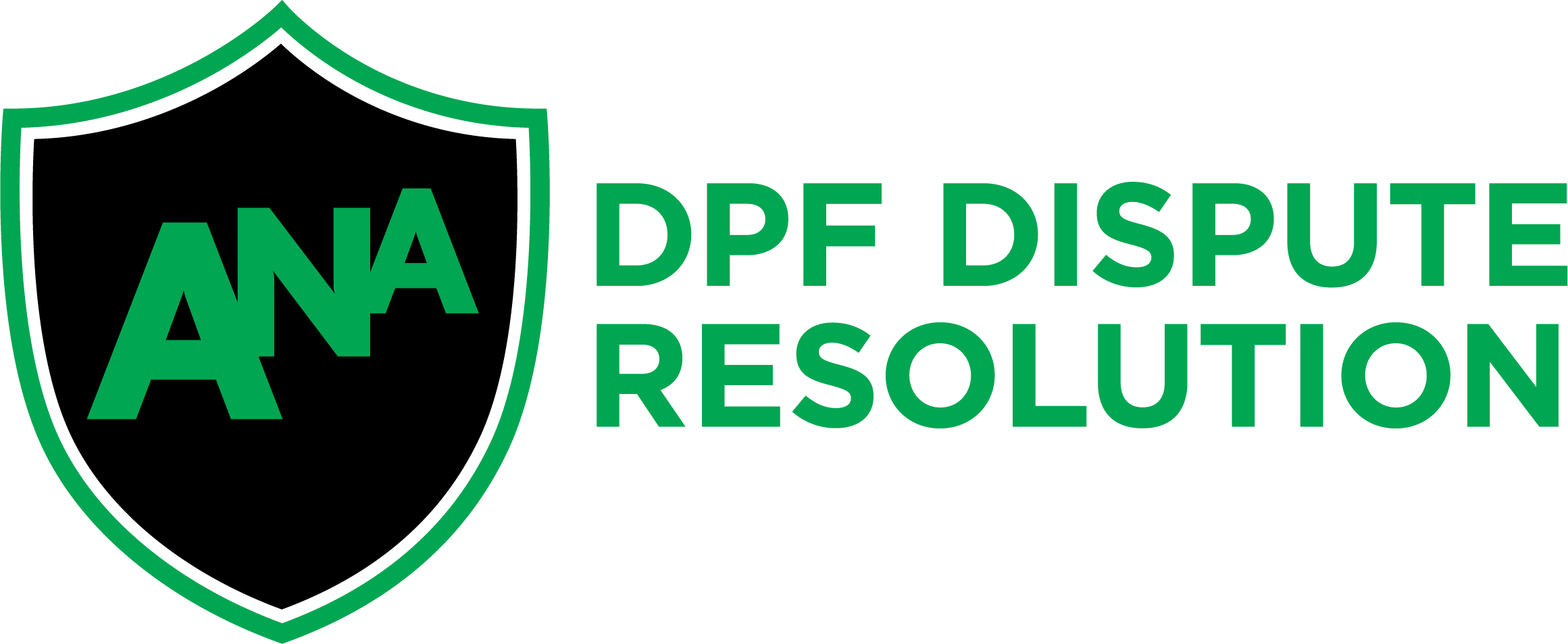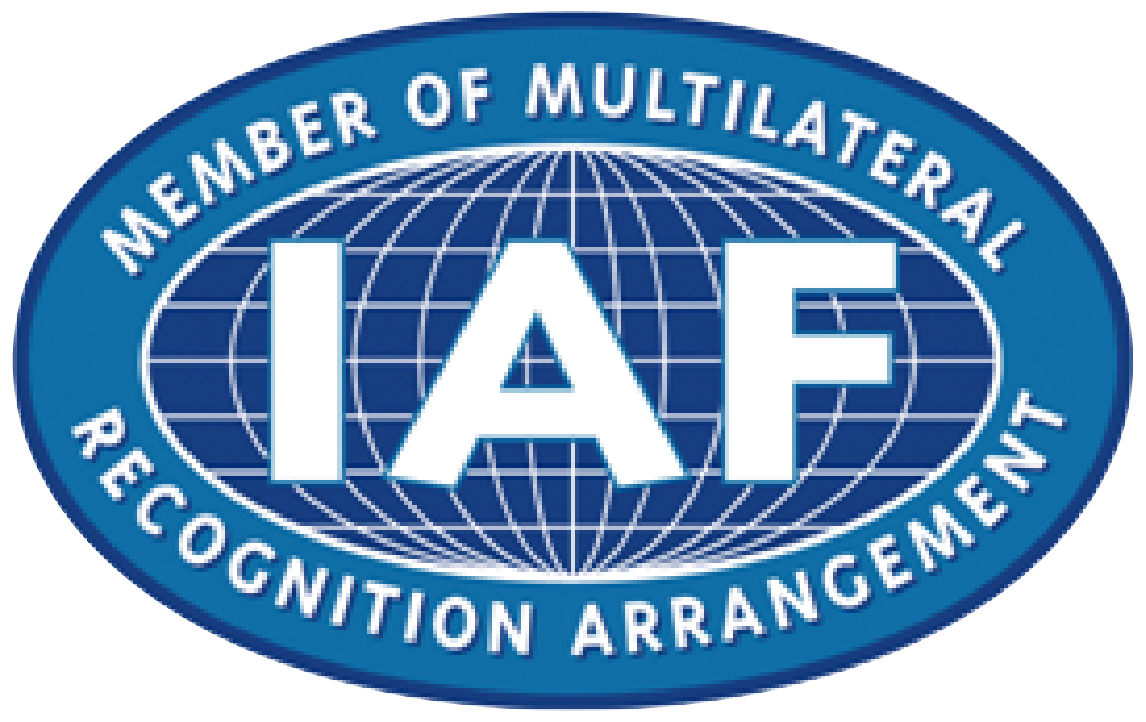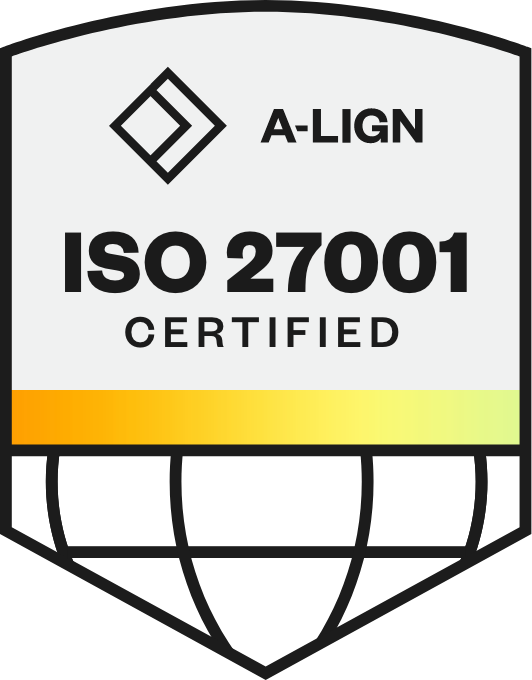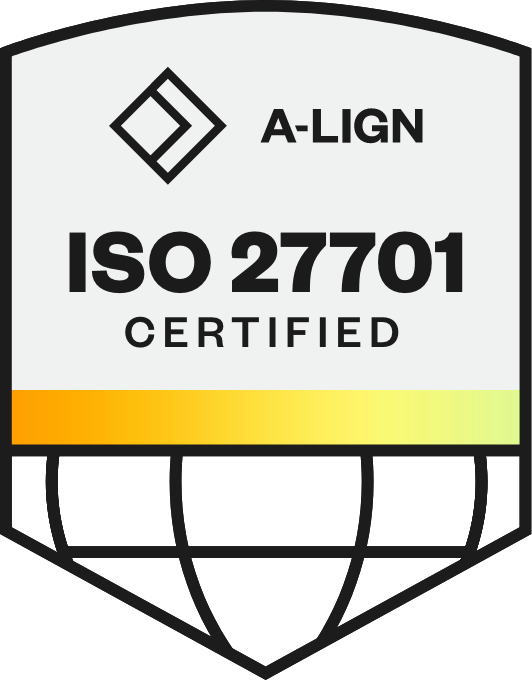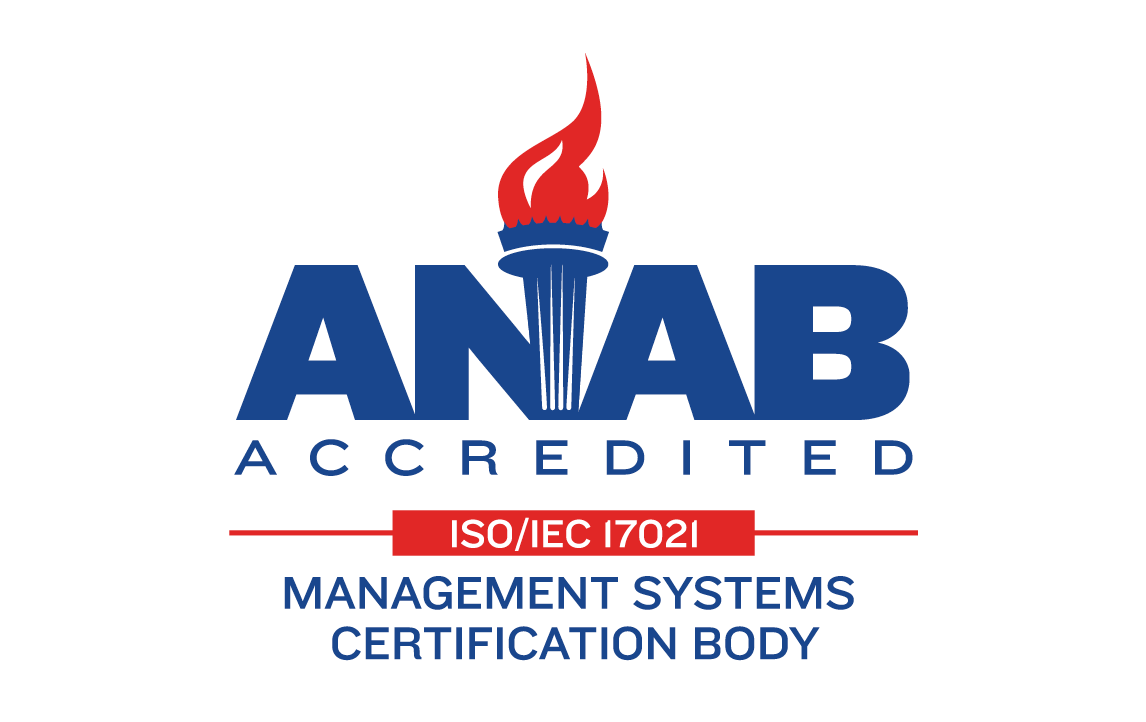
Benefits of Succession Planning: How It Strengthens Leadership & Business Growth
A key executive suddenly leaves — does your company have a plan? Without a structured succession strategy, leadership gaps can disrupt operations, delay decisions, and shake employee confidence. Succession planning isn’t just about replacing leaders; it’s about proactively preparing for change to keep the business on track.
Companies that invest in succession planning mitigate risks, strengthen leadership pipelines, and gain a competitive edge. AI-driven workforce analytics and advanced HR technology can further streamline the process, helping organizations identify and develop future leaders more effectively.
Succession planning plays a critical role in long-term business stability. In this blog, we’ll explore the benefits of succession planning, best practices for implementation, and how technology can help organizations expand leadership coverage to ensure long-term success.
In This Article
5 Key Benefits of Succession Planning
Succession planning is a long-term investment in business stability, leadership growth, and workforce continuity. When done right, it strengthens an organization’s ability to adapt, minimize disruptions, and build a leadership pipeline that aligns with future goals. Here’s are five benefits of succession planning that create lasting advantages across every level of a company:
1. Ensures Business Continuity & Reduces Risk
Leadership gaps slow decision-making and disrupt operations. Without a succession plan, companies face uncertainty, stalled projects, and potential revenue loss.
Many organizations struggle with identifying potential successors for critical leadership roles because their processes are manual, time-consuming, and difficult to track. The solution? AI-powered succession planning software. When leveraging intelligent succession planning tools, leaders can ensure that employees are identified and upskilled early so transitions happen smoothly, minimizing operational risks and maintaining momentum.
Organizations that integrate HR technology and AI-driven workforce analytics into their planning process can track successors’ readiness levels, identify leadership gaps, and develop future leaders proactively. This approach ensures leadership continuity across departments, not just the executive suite.
2. Boosts Employee Morale and Retention
A well-executed strategy highlights the importance of succession planning, showing employees that leadership development and career growth are top priorities. If employees see management and executive level positions only being filled externally, they may feel undervalued and seek opportunities elsewhere.
One of the most impactful succession planning benefits is fostering mentorship and continuous learning, where employees receive structured guidance and skill-building opportunities through leadership programs. Cultivating a company culture that emphasizes growth and development can significantly enhance employee retention, as organizations with strong learning cultures experience twice the retention rates.
Additionally, many organizations struggle with limited transparency in career progression, making it difficult for employees to see their long-term future within the company. By utilizing the right tools and offering clear insights into employees' potential career paths, your organization can eliminate uncertainty about their future, helping them envision a long-term career within your company. Improved internal communication, structured development programs, and greater visibility into leadership opportunities are just some of the benefits of a succession plan that’s scalable and personalized to each individual.
Related: From Strategy to Execution: Succession Planning Best Practices Explained
3. Saves Time and Reduces Hiring Costs
Hiring externally for leadership roles comes with risks — higher costs, longer vacancies, and uncertainty. New hires take time to adjust, and even then, there’s no guarantee they’ll be the right fit. In fact, they cost up to 20% more than internal candidates and are less likely to succeed in the role. Worse, nearly half of key leadership roles filled externally stay vacant for months, leaving teams without direction and slowing business momentum. This makes a strong case for building leadership from within.
Employees who grow into leadership roles adapt faster, strengthen company culture, and stay longer — with internal hires remaining in their roles 41% longer than external ones. However, many organizations still struggle with manual tracking and fragmented talent data, making it difficult to identify internal candidates who are ready for leadership roles. This is where intelligent tools come into play. Powered by AI and built upon well designed skills ontologies, succession planning tools help identify skills gaps, available workforce skills, and offer real-time visibility into leadership potential, ensuring they can promote from within more effectively.
Related: Mastering Workforce Dynamics: Merck KGaA Germany’s Cutting-Edge Approach
4. Improves Knowledge Transfer & Leadership Development
Among the long list of succession planning benefits is the retention of institutional knowledge. Structured leadership programs ensure new leaders inherit critical business insights that can only be learned from years of experience. Without clear internal successors, valuable institutional knowledge leaves with outgoing leaders, creating operational inefficiencies, slowing adaptation, and weakening industry expertise.
To prevent knowledge loss, companies can integrate:
Mentorship programs that pair senior leaders with high-potential employees and enrich potential leaders with insights, strategic decision-making skills, and company-specific knowledge are transferred before key executives exit the organization
Cross-training initiatives that expose employees to multiple roles and functions by rotating talent across departments, organizations build a workforce that is adaptable, well-rounded, and prepared to step into leadership positions when needed
This proactive knowledge-sharing approach ensures new leaders can confidently step into their roles with minimal disruption.
5. Aligns Talent Strategy with Business Goals
Instead of simply filling vacant roles, proactive succession planning ensures that future leaders are strategically developed to support business growth, market shifts, and evolving company goals. For example, a global consumer goods company runs a leadership development program that identifies high-potential employees early and places them in rotational roles across various business units. This approach helps future leaders build cross-functional expertise and ensures the organization has trained successors ready to step into senior positions when needed.
HR leaders using AI-driven workforce planning tools can match employees to leadership roles based on skills, competencies, and organizational needs, ensuring the succession planning benefits extend beyond individual career growth to overall business stability.
Succession Planning Best Practices
Organizations must not only identify future leaders but also actively develop their skills, align succession planning with business objectives, and create a structured process that fosters leadership growth over time. Below are the key succession planning best practices to build a scalable, future-ready succession strategy:
Align Succession Planning with Business Strategy
The benefits of succession planning go beyond leadership continuity; they help companies build a sustainable growth strategy by identifying and training future leaders in alignment with evolving business objectives. Leadership transitions should be strategically aligned with organizational goals, industry changes, and expansion plans.
Prioritize key roles that drive revenue, innovation, and operational stability
Integrate succession planning into workforce strategy to align leadership pipelines with expansion plans and market changes
Develop adaptable leaders who can navigate industry disruptions and business transformations
Identify High-Potential Employees Early
Waiting until a leadership role becomes vacant can lead to rushed decisions and unprepared successors. By proactively identifying high-potential employees, organizations can create a steady leadership pipeline that ensures seamless transitions.
Use assessments and 360-degree feedback to evaluate leadership potential
Look beyond technical expertise — strategic thinking, resilience, and emotional intelligence matter just as much
Expose high-potential employees to leadership experiences like cross-functional projects and executive mentoring
Use Data-Driven Decision-Making
Relying solely on intuition for leadership selection can introduce bias and inconsistencies in both the short- and long-term. Whereas organizations that use data-driven insights can make more objective, strategic, and future-focused leadership decisions.
Leverage workforce analytics to assess leadership readiness and predict skill gaps
Monitor performance trends through key metrics and long-term evaluations
Identify hidden talent by analyzing emerging leadership strengths across teams
Use skill profiles to match potential successors to jobs across the organization
Ensure Leadership Development is an Ongoing Process
Succession planning should be continuous, not reactive. A robust development plan ensures future leaders are not just identified but actively trained and empowered to take on leadership roles when needed.
Rotate leadership candidates through different departments for broader exposure
Pair them with experienced mentors to accelerate leadership growth
Provide crisis simulations to help leaders build resilience under pressure
Integrate Succession Planning with Performance & Learning Programs
A fragmented approach to leadership development weakens succession planning. Aligning it with performance management and learning initiatives ensures targeted skill development for future leaders.
Embed leadership development into performance evaluations to track growth
Offer personalized training paths through executive coaching and competency-based learning
Provide ongoing feedback so future leaders refine their skills over time
Minimize Bias in Leadership Selection
Bias in leadership selection can create blind spots in succession planning and limit leadership diversity. A structured approach helps identify the best candidates based on merit, not subjectivity.
Use standardized evaluations to assess leadership potential consistently
Promote leadership diversity by creating growth opportunities for underrepresented groups
Ensure transparency in leadership development pathways to build employee trust
Balance Transparency with Confidentiality
Employees value knowing that growth opportunities exist, but too much disclosure about leadership transitions can create unnecessary confusion. Companies must balance visibility with discretion to maintain stability.
Communicate career progression opportunities without prematurely revealing specific succession plans
Keep executive-level transitions confidential to prevent speculation and disruptions
Manage candidate expectations with structured feedback and development plans
Give managers visibility into proposed plans and how resources that may be moved also have successors aligned
Turning best practices into action requires a structured plan that prepares future leaders while ensuring business continuity. Let’s break down the key steps to building an effective succession plan.
How to Build an Effective Succession Plan
A sustainable leadership pipeline begins with a clear vision of the organization's future needs and the skills required to meet them. Here’s how you can shift from strategy to action and identify top performers ready to upskill into their next opportunity:
Identify Critical Roles
Not all positions hold the same strategic weight, and some leadership gaps can create significant operational instability. Limiting succession planning to only executive roles leaves organizations vulnerable, as critical roles exist at multiple levels.
Businesses must broaden their approach to leadership development, identifying positions that have the most impact on business continuity and future growth. The right technology helps expand the scope of succession planning, ensuring leadership gaps are covered across multiple functions. AI-powered tools allow companies to pinpoint high-impact roles, track workforce readiness, and create a succession strategy that accounts for more than just senior management.
Leverage the Right Technology
Modern succession planning requires more than periodic talent reviews — it demands real-time insights into employee potential and leadership readiness. AI-driven analytics provide organizations with the ability to expand succession planning coverage, protecting more roles across the company and strengthening leadership pipelines at every level.
Workforce planning tools assess internal talent pools, predict leadership gaps, and automate assessments to ensure unbiased evaluations. By integrating succession planning software with learning and performance management systems, organizations can track employee progress, refine development strategies, and ensure future leaders are fully prepared when the time comes.
Assess and Develop Internal Talent
Once key roles and leadership candidates are identified, organizations must invest in their development. A structured assessment process, including performance evaluations, leadership potential analysis, and long-term business needs assessment, helps determine the right candidates for future leadership positions.
Training programs focused on strategic thinking, decision-making, and cross-functional collaboration accelerate leadership readiness. Exposure to key business functions through job rotations, mentorship opportunities, and executive coaching ensures that employees gain real-world leadership experience, making transitions smoother and more effective.
Create a Talent Pipeline
A strong talent pipeline ensures that multiple successors are being developed for key leadership positions, preventing reliance on a single candidate. Leadership readiness should be built over time, allowing employees to gain experience and refine their skills in real business scenarios.
Stretch assignments challenge employees to step into leadership responsibilities before taking on permanent roles, providing them with opportunities to apply and strengthen their abilities. The talent pipeline should be regularly reviewed and adjusted to reflect evolving business strategies, market shifts, and individual growth trajectories.
Implement and Continuously Update the Plan
A successful succession plan is not static; it must evolve alongside business needs. Organizations should conduct annual reviews of their plans, measure the success of leadership transitions, and assess the long-term impact of leadership placements.
The benefits of a succession plan become even more apparent when companies continuously refine their approach, adapting to workforce shifts and ensuring leadership readiness remains a strategic priority. Succession planning should be a continuous process that enables companies to stay ahead of industry trends, develop strong leaders, and safeguard the organization’s future.
Future-Proofing Your Workforce Starts Today
A well-structured succession plan isn’t just about filling vacancies — it’s about creating a leadership pipeline that ensures stability, growth, and resilience. Businesses that recognize the importance of succession planning take proactive steps to develop, retain, and empower future leaders.
By leveraging AI-powered workforce analytics, structured leadership programs, and continuous talent assessments, organizations can maximize the benefits of succession planning and ensure seamless leadership transitions. Companies that regularly update and refine their succession plans create a future-ready workforce, minimize risks, and sustain business growth in the long run.
Take your strategy to the next level by downloading our guide: How Workforce Intelligence is Redefining the Employee Experience.
Apurba is a writer who specializes in creating engaging content, backed by storytelling, data, SEO and a cup of coffee. When she’s not writing, she’s reading, cooking fusion food, or curiously traveling like a local.
Get the latest talent experience insights delivered to your inbox.
Sign up to the Phenom email list for weekly updates!



